
Explore the three main ways to classify fungi: Morphology, Reproduction, and Genetic Analysis.

Discover when fungi were reclassified from plants and the reasons behind this significant change in biology.

Explore the key differences between fungi and bacteria, including their structures, classifications, and nutrient absorption methods.

Discover the reasons fungi and bacteria are classified separately from plants based on modern taxonomy and biological relationships.
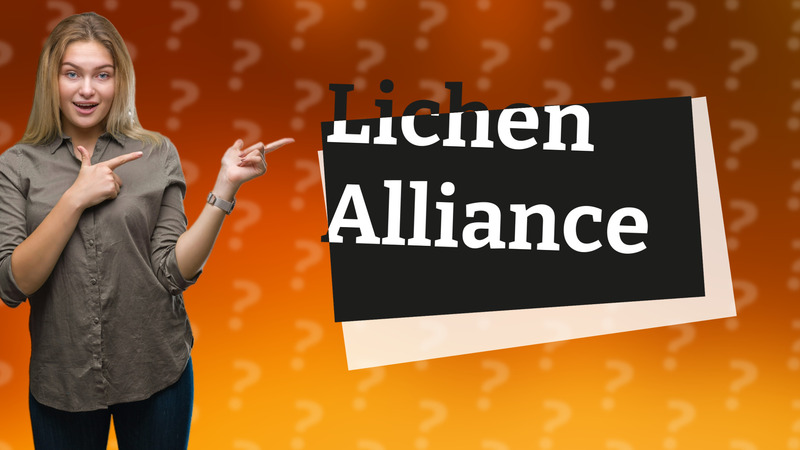
Discover why lichen is not a plant, but a unique partnership of fungi and algae that plays a vital role in ecosystems.
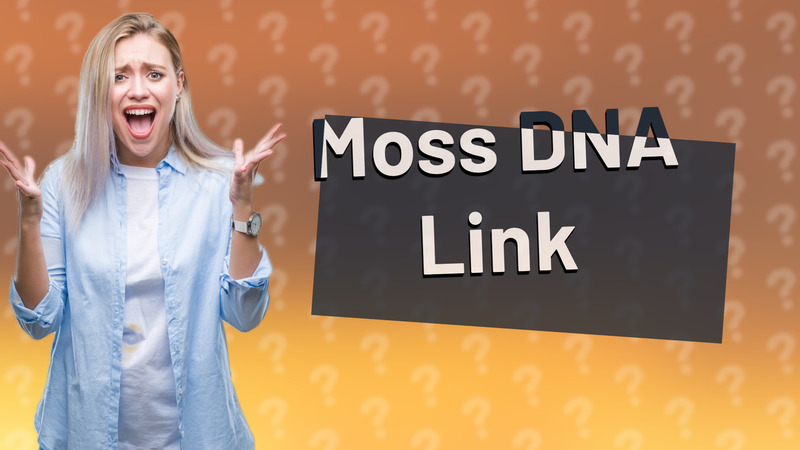
Discover which plant has the closest DNA to humans and how it helps us understand our own biology.
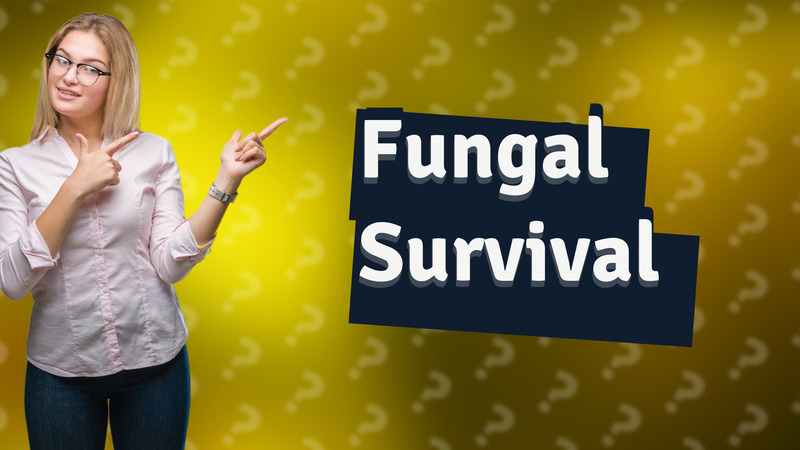
Discover how fungi adapted and thrived in the aftermath of the dinosaur extinction, becoming essential decomposers of organic matter.
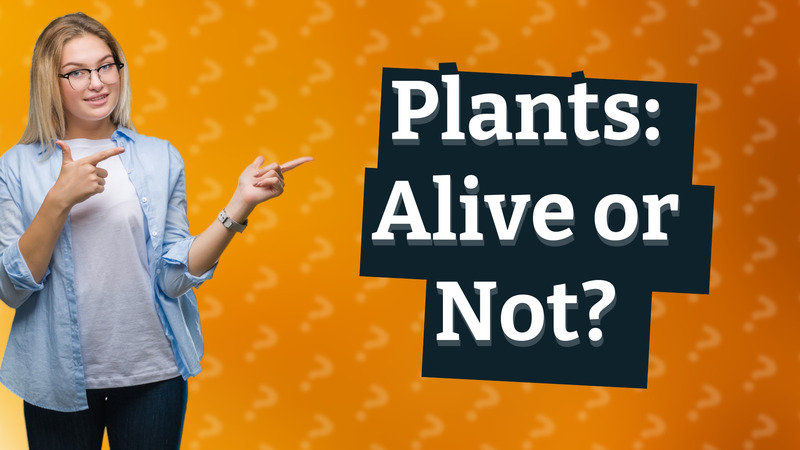
Learn why plants are classified as living organisms, highlighting their life processes and characteristics.

Learn why fungi belong to a separate kingdom from animals, exploring their unique structures and feeding mechanisms.

Discover why mushrooms belong to the fungi kingdom and not the plant kingdom.
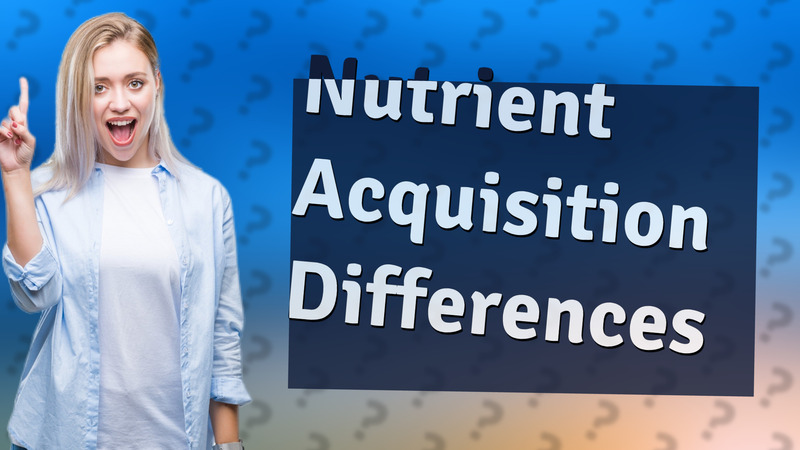
Discover how plants and fungi differ in nutrient acquisition and ecological roles.
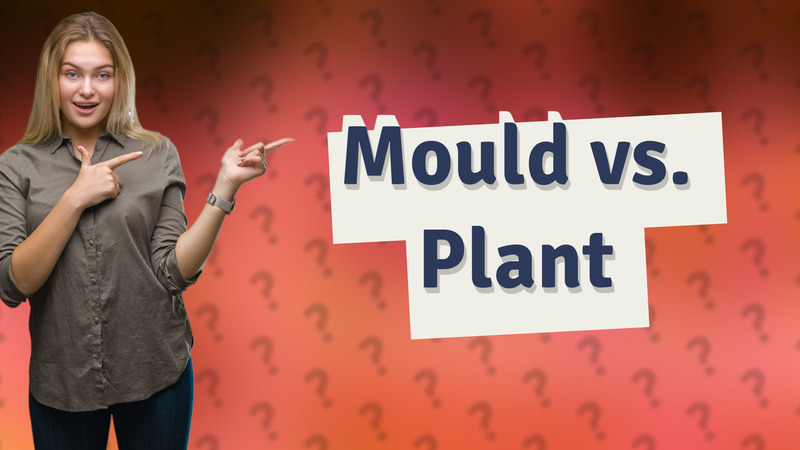
Explore why mould is classified as fungi, not plants, with insights into their structure and nutrient absorption.

Explore the differences between fungi and plants, their unique characteristics, and why fungi are more similar to animals.

Discover why biologists classify fungi in their own kingdom, separate from plants, due to unique cellular and nutritional differences.

Learn about the three defining characteristics that set fungi apart from other organisms in this insightful video.

Learn why a paramecium is neither plant nor animal but a unique single-celled organism from the Protista kingdom.

Discover why yeast are classified as fungi, exploring their unique characteristics and reproduction methods.

Discover why fungi are classified separately from plants due to their unique characteristics and nutrient absorption methods.

Discover why potatoes are considered tubers instead of vegetables in this insightful Q&A.